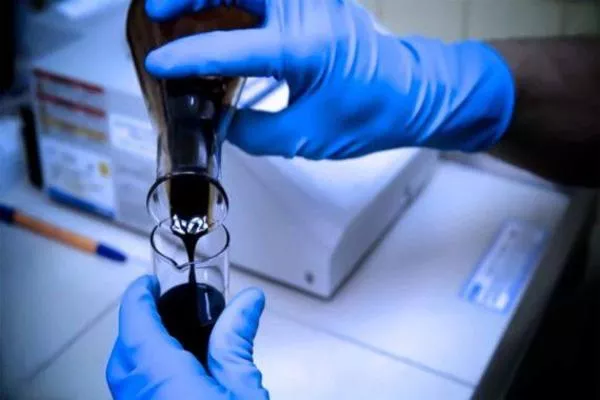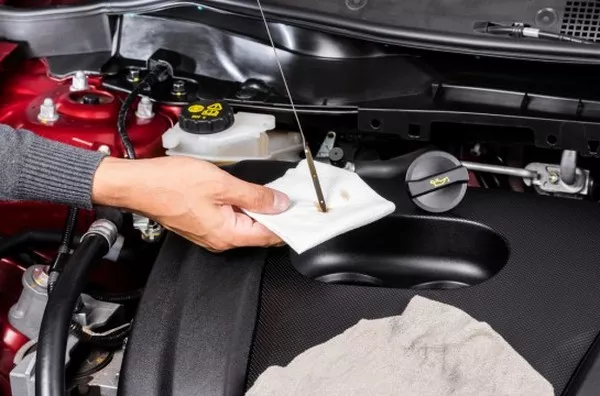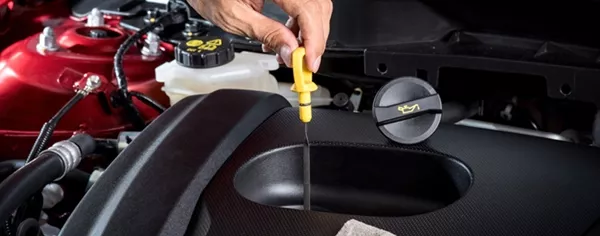When we’re sick, doctors get our blood samples to identify what causes our illness. And just like our blood, your car’s engine oil also determines if there are looming maintenance issues in your vehicle.
Oil analysis can help you reveal lots of information about the engine and inner workings of a vehicle without having the engine parts removed piece by piece. The results of oil analysis can state engine problems. It can also help you fine-tune the intervals of oil changes.
Analyzing the oil is also recommended if you're planning to buy a car. Oil analysis is currently used in boats, airplane, and heavy equipment vehicles buyers. To know more about oil analysis, Philkotse.com will help you.
1. How car engine oil analysis works
Two engine oil samples were tested in the Blackstone Laboratories located in Fort Wayne, Indiana. The samples were from a four-cylinder engine of 2000 Mitsubishi Galant with 80,000 miles. The first sample of engine oil was used for 3,000 miles while the other sample was taken is from a new oil changed.
Upon oil analysis, the lab test showed that there is still plenty of life available in the 3000-mile oil. The Blackstone Laboratories recommend that we try to increase the intervals of the oil change to 5,000 miles. In addition, there are wear metals found in the oil which is in normal levels, the report says. This means that the engine is in good condition and does not show any signs of breaking down.

Oil analysis lets you detect specific wear metals included in the oil
Oil analysis lets you detect specific wear metals included in the oil. Experts have the ability to tell whether your engine is failing by the use of engine oil. They can also tell which part of the engine is malfunctioning or in danger of breaking down.
The main purpose of oil is to lubricate. For engine oil, its purpose is to lubricate, clean and cool the engine. To help measure how deteriorated the oil is, total base number or TBN is used. It is measured by assigning a number which is commonly between 0 and 8. And according to the samples tested, the 3000-mile oil was rated 3.7 while the newly changed oil was 7.6 which indicates that it was barely used.
According to the President of Blackstone Laboratories, Ryan Stark, it doesn’t mean that when the TBN is rated with 1, the oil is not doing its job, but rather, it reveals the rate in which the additives are already used up.
2. Car Engine Oil Analysis: An effective car-buying tool
If you're planning to buy a used car, of course, you want to have the car of the best condition. After checking the papers, maintenance records, drive test, and inspection, you still want to know the real condition and inner working of the engine of the car you plan to buy.
To help you identify if the car’s engine has problems lurking in its deeper parts, its oil will be very useful. Through oil analysis, you will be able to identify if parts of the engine are deteriorating or are still in good condition. You’ll be able to identify the condition of the vehicle you’re planning to buy.

To help you identify if the car’s engine has problems lurking in its deeper parts, its oil will be very useful through oil analysis
3. DIY Car Engine Oil Analysis
Laboratory oil analysis can be costly, and some car owners can’t afford it. If that’s the case, you can always rely on your observatory skills. You can observe common oil change symptoms such as the color of your engine oil and can easily tell if something’s wrong with your car.
4. Thick and dark engine oil color
New engine oil is light amber-like color. This is the color of the engine oil right out of the bottle that you pour into your engine. After you change oil and run it for a few hundred miles, its color starts to become dark. This change in color is completely normal since the engine oil cleanses and lubricates your vehicle's engine. The more you drive, the darker the oils become.
When you notice that it becomes thicker and darker, this means the oil is already saturated with grime and dirt particles which means it’s time for change oil. It is important that you always check the color of your oil most especially if you’re driving on dusty roads or under extreme temperature because you might need to change the oil earlier than usual.

The change in color of engine oil is completely normal since the engine oil cleanses and lubricates your vehicle's engine.
>>> More DIY tips for car owners:
- 5 Must-know thing about DIY Auto Repair
- 5 DIY Second Hand Car Interior Upgrade Hacks
- [DIY Auto Repair] 10 most common car problems & How to repair a car yourself
5. Creamy or milky, muddy brown engine oil color
You should not worry if the oil is dark in color. However, if you spot a brownish or creamy color, it can mean a serious problem that you need to address as soon as possible. When your engine oil turns into brownish or creamy, this is an indication that your motor’s lubricant was mixed with the antifreeze which comes from the car’s cooling system.
Once you experience this scenario, the first thing to do is to check the car’s radiator and/or the overflow reservoir to check if it is in low level. Then check the car’s tailpipe if there is white smoke from the exhaust system. If you experience both or even one of these symptoms, it’s time to get your car checked by a mechanic.
It is always best to check your car’s engine for any damage that needs immediate repair. Regular check-up also prevents serious damage that may arise due to negligence. But when checking the engine, you should include checking the fluids that run through your car. These fluids can tell if something’s off with your car.

It is always best to check your car’s engine for any damage that needs immediate repair
One great example is the engine oil. Engine oil can tell if there are problems with the car’s engine by their color and the particles in it. The car’s engine oil is similar to our blood. It can detect engine malfunctions that when treated immediately will save you from spending too much in repair, and your car from being extremely damaged.
Laboratory testing of oil, also called oil analysis will further help in identifying the exact and accurate problem of your engine. But for some people, it might be costly. That is why there is an easier way to identify if there are engine problems by observing the colors of the engine oil.
Dark oil color is natural especially if it has been used for miles. But when the oil color becomes creamy or brownish, it’s time to get your car checked immediately. Be aware of what your car’s engine oil is telling you. It can save you from expensive repairs and extreme car damaged.
>>> Click to get more helpful tips and advice for car maintenance












